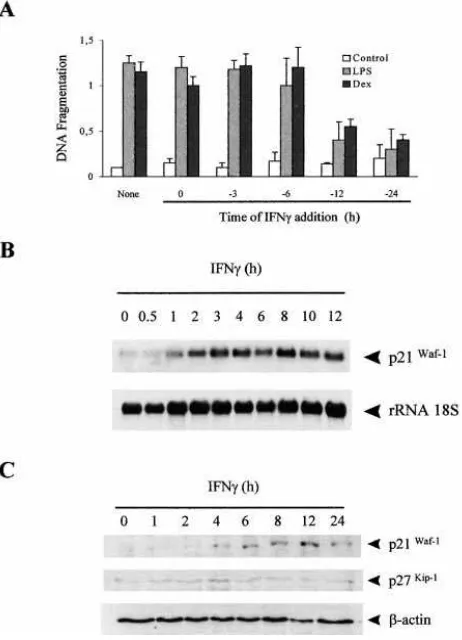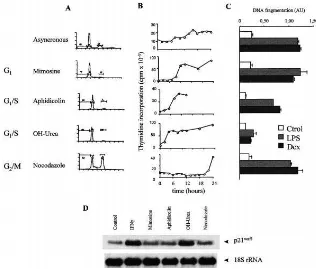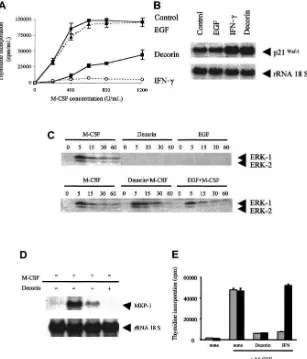Functional role of extracellular matrix proteins and their receptors in apoptosis and cell survival
Texto completo
Figure
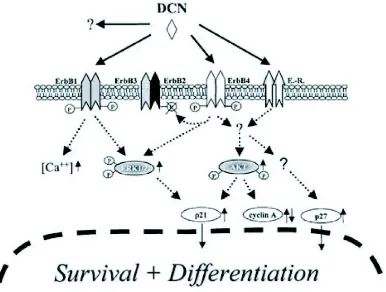

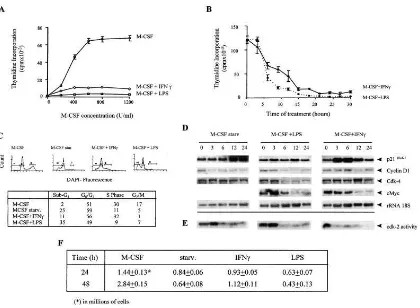

Documento similar
These two pathways have been con- sistently seen to be involved in the loss of differentiation, in- creased proliferation, and survival of cancer cells so that their regulation by
To analyze the cell-cell fusion, the Nt and Ct VFP segments fused to their corresponding interaction partners are expressed in two independent cell pools, while the viral
For that purpose, we have analyzed the size of their cell bodies, and their distribution and compartmental organization with respect to the matrix/striosomes in the three
The second group would include the abilities such as: the overcoming of the stereotypes related to certain ethnic groups; the effective communication in the mother tongue and in the
177 of showing gestures with this function contradicts the widely accepted idea in the literature according to which the imperative function appears first and is
As a summary, the only essential role of Mastl in the control of the mammalian cell cycle is regulation of mitosis, a function mediated by Ensa/Arpp19 phosphorylation and
TipC and the chorea-acanthocytosis protein VPS13A regulate autophagy in Dictyostelium and human HeLa cells.. Sandra Muñoz-Braceras a , Rosa Calvo a & Ricardo
Factors such as the food matrix and the processing conditions can influence the development of reactions to foods by altering the way in which the proteins are degraded
